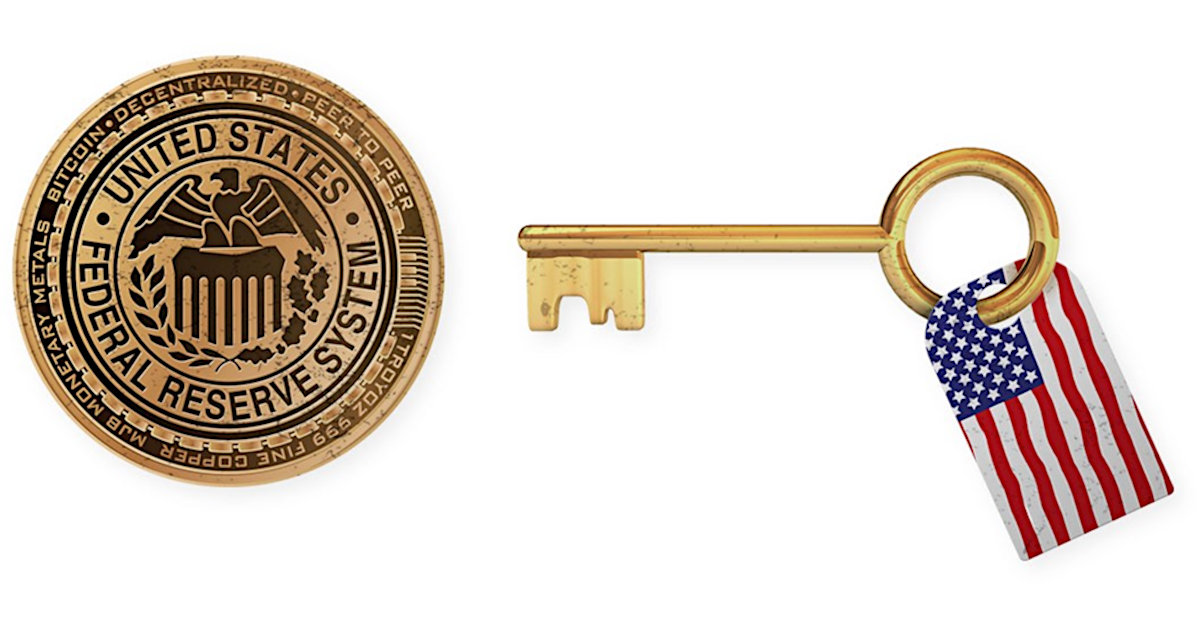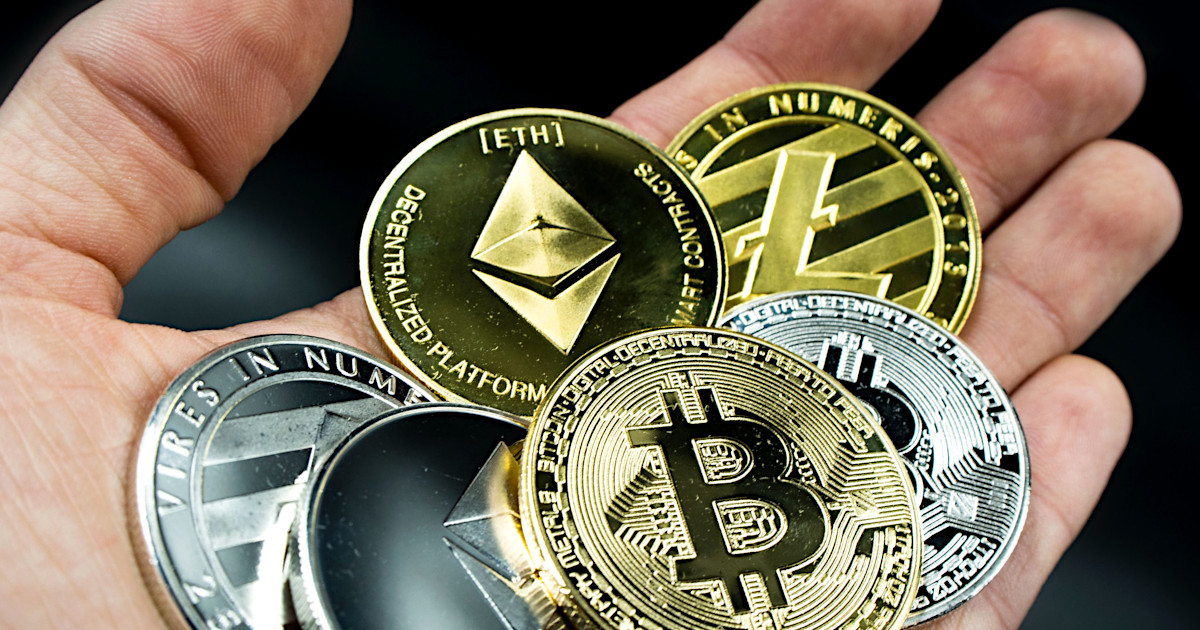
What’s the Timeline for a U.S. Digital Currency?
Investment opportunities related to the adoption of a U.S. digital currency will undoubtedly change fortunes. But will we ever adopt crypto and are we even close? Actions by the Federal Reserve taken last year and a crescendo of recent statements from top officials suggests that it’s in the works. So the question is “When?” “In what form” and “Who stands to benefit from a Fedcoin?”
Central Bank
Digital Currencies (CBDC) Exploratory Phase
The Federal Reserve Bank of Boston has been collaborating with MIT on what they call the Digital Currency Initiative. They have been exploring together the use of existing and new technologies to build and test a digital currency platform. This includes assessing technology trade-offs, building a hypothetical CBDC, building scalable architecture, a cryptographic platform able to meet the needs of a digital U.S. dollar, speed, security, privacy, and flexibility. Separate from its collaboration with MIT the Boston Fed is evaluating other systems to better comprehend the pros and cons of the U.S. banking system supporting a CBDC.
In a panel discussion yesterday for the Bank of International Settlements (March 22, 2021), Fed Chair Powell exposed some of the Fed’s current thinking. He indicated that when it came to a CBDC, the U.S. has “an obligation to be on the cutting edge of understanding the technological challenges.” He also made clear that any expected benefits of a digital dollar wouldn’t rush the project and that the Fed wouldn’t proceed without support from Congress, preferably in the form of legislation.
The Federal Reserve Bank of Boston, Senior Vice President James Cunha who serves as a spokesman for this project has said the Boston Fed and MIT hope to unveil some of their work in the third quarter of 2021. This includes at least two prototype software platforms that could move, store, and settle transactions made with digital dollars. He did not say if either platform uses the blockchain technology that underlies other cryptocurrencies such as Bitcoin or Ethereum. Once the prototypes are released, Cunha said, others will be able to look at what was built and experiment with the open-source code.
The Fed’s work is intended to show what’s possible without taking a position on the major issues that are out of the purview of the Boston Fed. The issues he says fall under the direction of Congress, the Treasury, and the Federal Reserve Bank. These include whether the Fed itself should host customer accounts, whether anonymity should be permitted, and what protections users would have in case of a cyber-breach or mistaken transaction. Any policy debate and exploration are separate issues. Discovering what can and can’t be done along with the weaknesses and strengths is the role of the Boston Fed; what to do with that information falls on others.
Around
the World
It’s difficult to have a discussion about any major issue of commerce without looking around the world and seeing what U.S. competitors are up to. The most aggressive mover on the CBDC front is China. The CCP is moving fast to develop its own digital currency, the digital Yuan. At the current pace, the Chinese CBDC will be in use at the 2022 Beijing Olympics. This alone may force some worldwide use of their digital currency.
For its part, the European Central Bank had this to say, “We have not yet decided whether to issue a digital euro. We are currently in a preparation phase: we’re developing the concept, conducting practical experimentation, listening to the views of the broader public and engaging with stakeholders.” There doesn’t seem to be any urgency in the exploration or adoption of a digital Euro, “We will decide whether to launch a digital euro project towards the middle of 2021, in order to be prepared for the possible issuance of a digital euro at some point in the future,” they said.
In February 2020, the Central Bank of Brazil (BCB) launched its own official payment network, Pix, which allows instant money transfer and QR code scanning. This digital payment method had its soft launch in November 2020. Brazil has scheduled mass adoption of Pix for this year.
Washington View
The exploratory push of digital currency technology should not be confused with a push to adopt cashless dollars or other current cryptocurrencies. During the same BIS meeting on March 22, US Fed Chair Powell also had this to say about Bitcoin and other traded cryptocurrencies,” “They’re more of an asset for speculation, so they’re not particularly in use as a means of payment. It’s more a speculative asset. It’s essentially a substitute for gold rather than for the dollar.” So he believes that the current state of non-central bank digital currencies is that they are a gold substitute, not a dollar substitute. Gold is a speculative asset against inflation, civil unrest, and other issues of sovereign risk.
For her part, the former Fed Chair and current Treasury Secretary Janet Yellen spoke a month earlier and had this to say about digital currencies, “To the extent it is used, I fear it’s often for illicit finance. It’s an extremely inefficient way of conducting transactions, and the amount of energy that’s consumed in processing those transactions is staggering.”
It would seem clear from both of these statements that they lean away from any currently traded digital currencies.
Impact of Industries
The Fed and other central banks around the world are giving a lot of attention to digital currencies. China seems intent on developing a standard and introducing a digital Yuan early along with some required use. Brazil has already begun its digital payment system, and companies like Facebook that are financially stronger than many countries have plans of introducing their own crypto to the world. This level of disruption is sure to impact industries. There is no ability to clearly see the future, but assuming in the not-so-distant future many of the world’s transactions take place with a digital currency, these are the impacted industries.
Within financial services, facilitating payments is highly profitable for banks; international transactions generate billions in revenue for financial companies. Digital payments could allow a secure and cheap way of sending payments that cut down on the need for verification from third parties and beat the processing times of current bank transfers. The various cryptocurrencies themselves not tied to a central bank could be the most severe victims. Could it be the current speculative favorites whither? Although when the U.S. went off the gold standard, gold still maintained value, the value of various speculative currencies may quickly be undermined by an official “Fedcoin.” The winners could be blockchain companies and others that adopt the technology for non-currency applications. This could include the travel industry, crowdfunding where it helps with cybersecurity risks, and ridesharing could benefit from a less centralized dispatch system. Trucking could be helped by the technology now most thought of for cryptocurrency tracking — there are currently 500 members of BiTA, the blockchain transportation alliance. Aerospace and defense companies are working with blockchain technology that has the potential to streamline parts inventory and authentication. Real estate and title issues can be improved with the ledger systems of blockchain to improve efficiency and accuracy.
More directly, a central bank digital currency could make consumers’ everyday transactions easier which by itself is stimulative. Money growth comes from the increased velocity of money. Certainly, an increased ability to transact digitally could be very stimulative throughout the economy.
Suggested Reading:

|

|
| Cryptocurrency Gaining Bank’s Acceptance | Backed by the Full Faith and Credit of Blockchain |

|

|
| Is the Small Firm Effect for Microcaps Real? | Small Cap Names in a Big Crypto Market |
Sources:
https://www.coindesk.com/video/the-boston-feds-jim-cunha-cbdcs-are-here-and-theyre-real
https://www.ecb.europa.eu/euro/digital_euro/html/index.en.html
https://www.bcb.gov.br/htms/public/inovtec/Currency-in-the-Digital-Era.pdf
https://www.cbinsights.com/research/industries-disrupted-blockchain/#government

